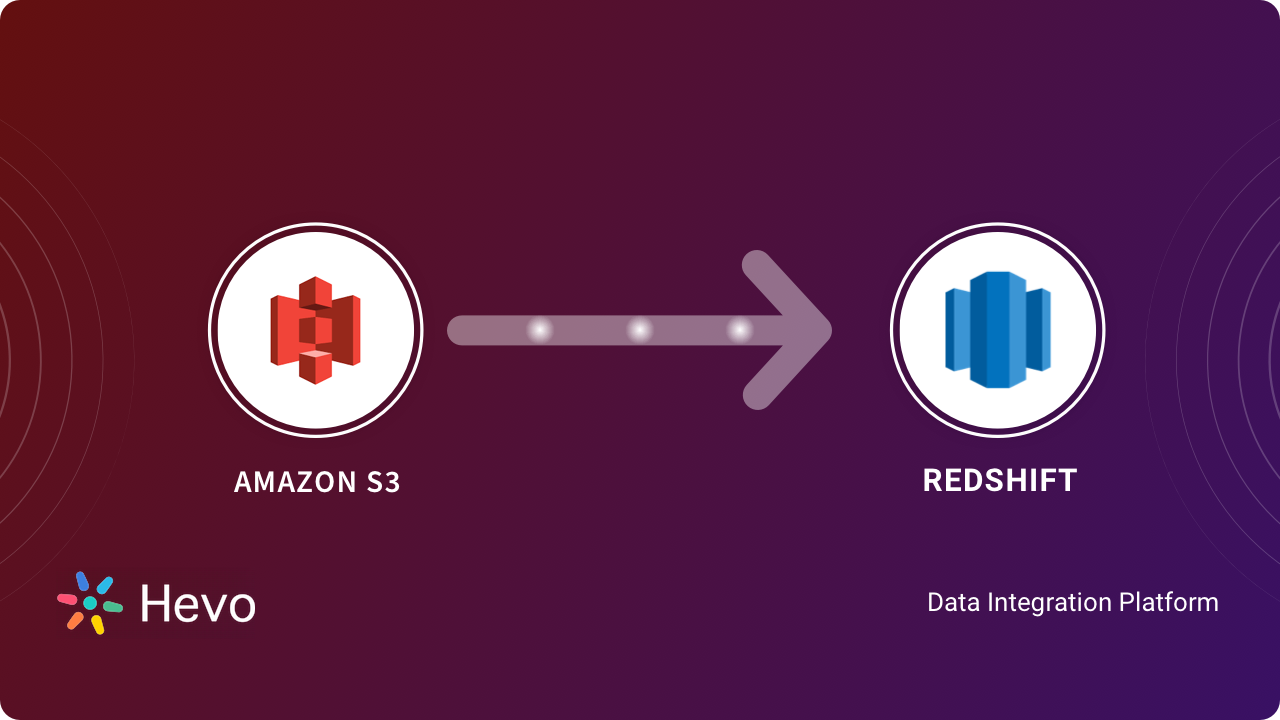
Relational Database Management System (RDBMS). In this blog post, we'll compare Amazon RDS vs DynamoDB, highlighting their pros and cons, use cases, and best practices, so you can make an informed decision on which one to use in your big data and data engineering projects. Choosing between them can be a challenge, particularly if you're not familiar with their unique features and limitations. Although both are managed database services, they differ in several ways, including data models, scalability, performance, and cost. Amazon DynamoDB is a NoSQL database that stores data as key-value pairs. The relational databases- Amazon Aurora, Amazon Redshift, and Amazon RDS use SQL (Structured Query Language) to work on data saved in tabular formats. These databases are completely managed by AWS, relieving users of time-consuming activities like server provisioning, patching, and backup. Amazon offers top database services, such as RDS, Aurora, Redshift, DynamoDB, etc., which allow users to create relational, graph, wide-column, and other use-case-specific data models. As the volume and complexity of data continue to grow, selecting the right database technology has become even more critical.



In a market like this, the choice of a database solution can make or break the success of your applications. She is passionate about exploring various technology domains and enjoys staying up-to-date withīy 2030, the market for database as a service is likely to reach 80.95 billion with a CAGR of 19.3%. Daivi is a highly skilled Technical Content Analyst with over a year of experience at ProjectPro.


 0 kommentar(er)
0 kommentar(er)
